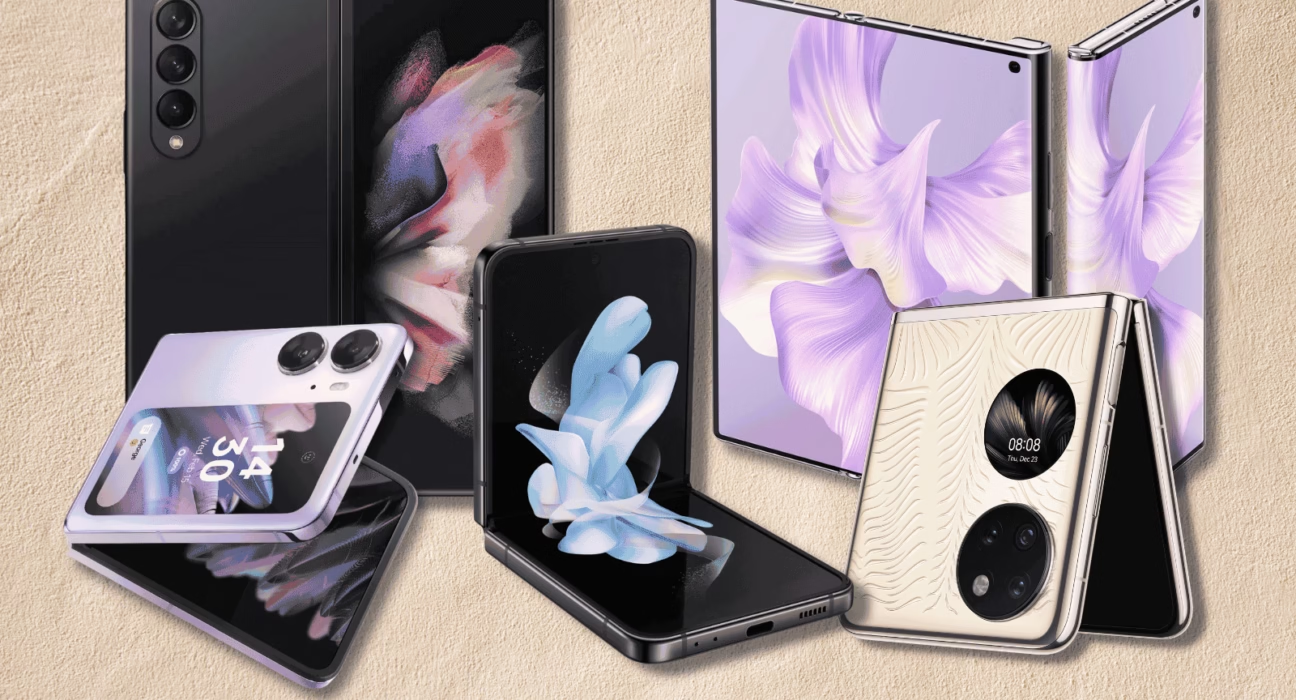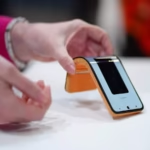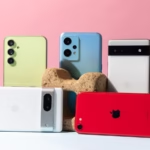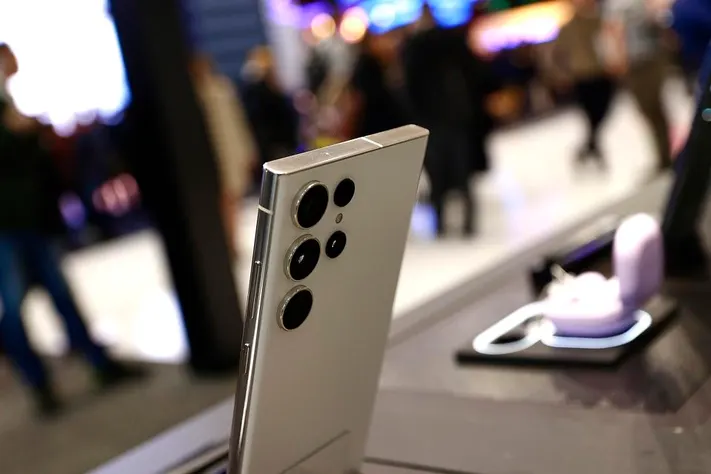Exploring Breakthrough Foldable Phone Technology and the Future of Smartphone Designs
Estimated reading time: 7 minutes
Key Takeaways
- The smartphone landscape is shifting from rigid designs to dynamic form factors like foldables and rollables.
- Breakthrough foldable phone technology, including creaseless displays and advanced hinges, is making these devices more practical and durable.
- Rollable phones represent the next potential evolution, offering seamless screens and variable sizing without creases.
- AI is playing a crucial role in enhancing user experience through adaptive interfaces, battery optimization, and predictive features.
- Futuristic smartphone displays like under-display cameras and holographic projections promise even more immersive interactions.
- Despite advancements, challenges like high cost and long-term durability remain significant hurdles for widespread adoption.
Table of Contents
- 1. Introduction to Next-Gen Smartphone Evolution
- 2. Understanding Foldable Smartphones
- 3. Breakthrough Foldable Phone Technology: What’s New?
- 4. Rollable Phones: The Next Frontier
- 5. AI-Powered Mobile Innovations Enhancing Design
- 6. The Role of Futuristic Displays in User Experience
- 7. Challenges and Future Predictions
- 8. Conclusion: The Road Ahead
- Frequently Asked Questions (FAQ)
1. Introduction to Next-Gen Smartphone Evolution
For over a decade, the smartphone market has been dominated by familiar rectangular slabs of glass and metal. While internal components improved year after year, the fundamental design remained largely unchanged. That era is decisively drawing to a close. We stand at the cusp of a significant transformation, driven by the advent of breakthrough foldable phone technology.
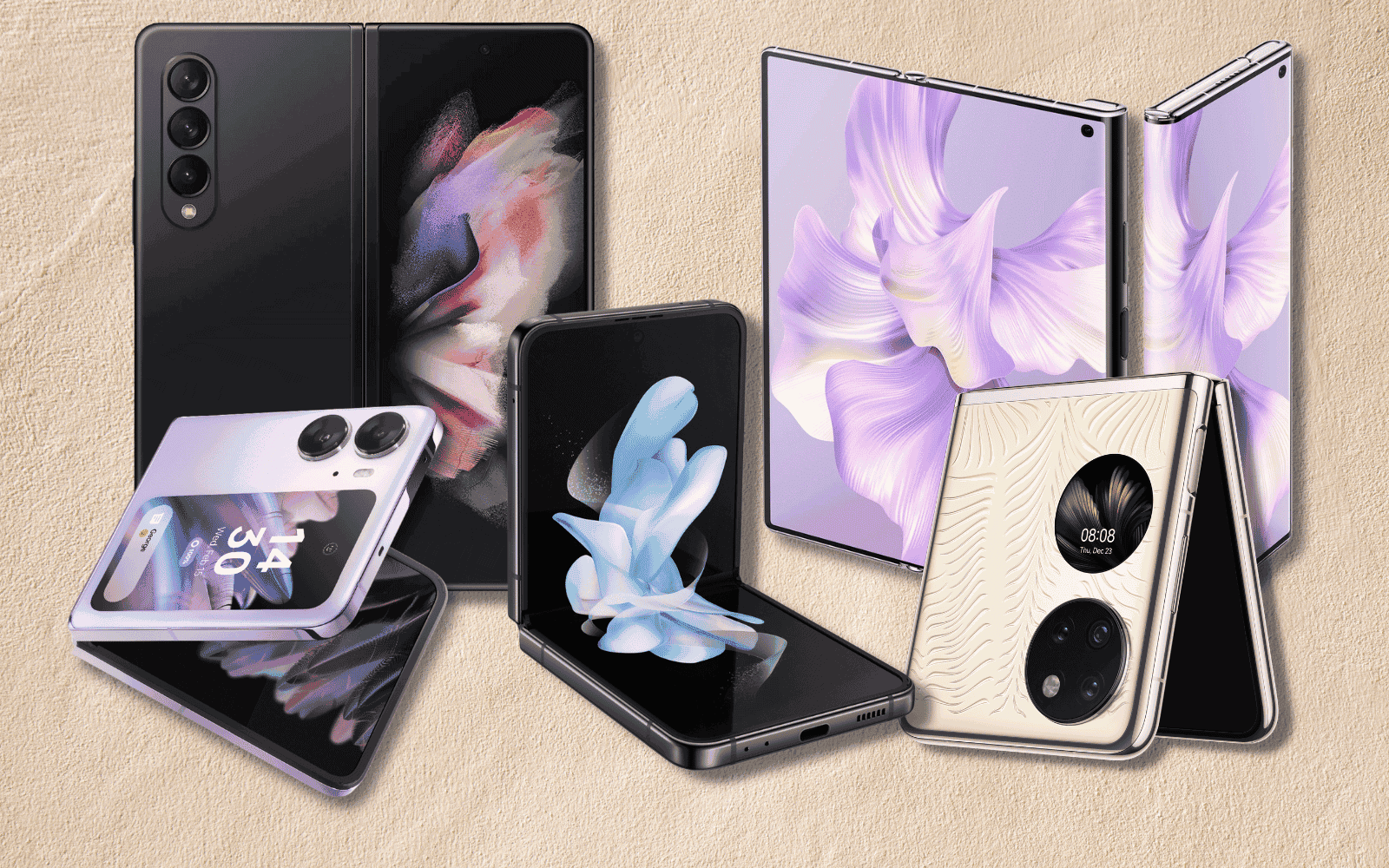
These innovative devices are no longer science fiction; they are tangible products reshaping how we interact with mobile technology. Imagine a device that fits comfortably in your pocket but unfolds into a mini-tablet, offering expansive screen real estate for productivity or entertainment. This isn’t just about novelty; it’s about *versatility*. Consumers increasingly demand devices that can adapt to diverse needs – seamless multitasking for work, immersive media consumption for leisure, and compact portability for life on the go. Foldables, and their emerging cousins, rollables, promise precisely this adaptability.
This blog post delves deep into the exciting innovations revolutionizing the smartphone industry. We’ll explore the intricacies of foldable and rollable mechanisms, the impact of Artificial Intelligence (AI) integration in optimizing performance and user experience, and the potential of futuristic smartphone displays that could redefine interaction itself. Join us as we unpack the technology behind these advancements and contemplate the trajectory of mobile design.
2. Understanding Foldable Smartphones
What Are Foldable Smartphones?
At their core, foldable smartphones are devices equipped with flexible Organic Light-Emitting Diode (OLED) display panels capable of bending or folding without sustaining damage. This flexibility allows a single device to transition between two distinct form factors: a smaller, conventional phone-like state when closed, and a larger, tablet-like state when opened. The magic lies in the ultra-thin layers of plastic substrates (like polyimide) and specialized protective layers, such as Ultra-Thin Glass (UTG), which allow the screen to curve repeatedly.
This duality offers unparalleled versatility. Need to quickly check notifications or make a call? Use the compact outer screen. Want to dive into a spreadsheet, watch a movie, or run two apps side-by-side? Unfold it for a significantly larger canvas. The Samsung Galaxy Z Fold series, for instance, exemplifies this concept. A device like the rumored Samsung Galaxy Z Fold 6 is expected to feature a cover display around 6.2 inches and unfold to reveal a spacious 7.6-inch main display, making it ideal for complex tasks and immersive experiences previously reserved for tablets or laptops.
Market Impact & Examples
Initially met with scepticism, foldable phones are rapidly carving out a significant niche in the premium smartphone market. Early concerns about durability and price are gradually being addressed, leading to increased consumer interest and adoption. Major manufacturers are heavily investing in this segment, resulting in a growing variety of models.
- Samsung Galaxy Z Fold 6: Expected to lead the charge with refined hinge mechanics, potentially reduced crease visibility, enhanced AI features for multitasking, and robust water resistance.
- Huawei Mate X Series: Known for its outward-folding design (in earlier models) and pushing boundaries with ultra-thin profiles and large, seamless unfolded screens (e.g., 8 inches).
- Motorola Razr Series: Appeals to nostalgia with its iconic flip design, combining a retro aesthetic with modern foldable technology and focusing on hinge durability.
- Nubia Flip 2: Aiming to democratize the foldable experience, this model focuses on affordability while incorporating AI enhancements to optimize performance and battery life, making the technology accessible to a wider audience. Check latest releases for context.
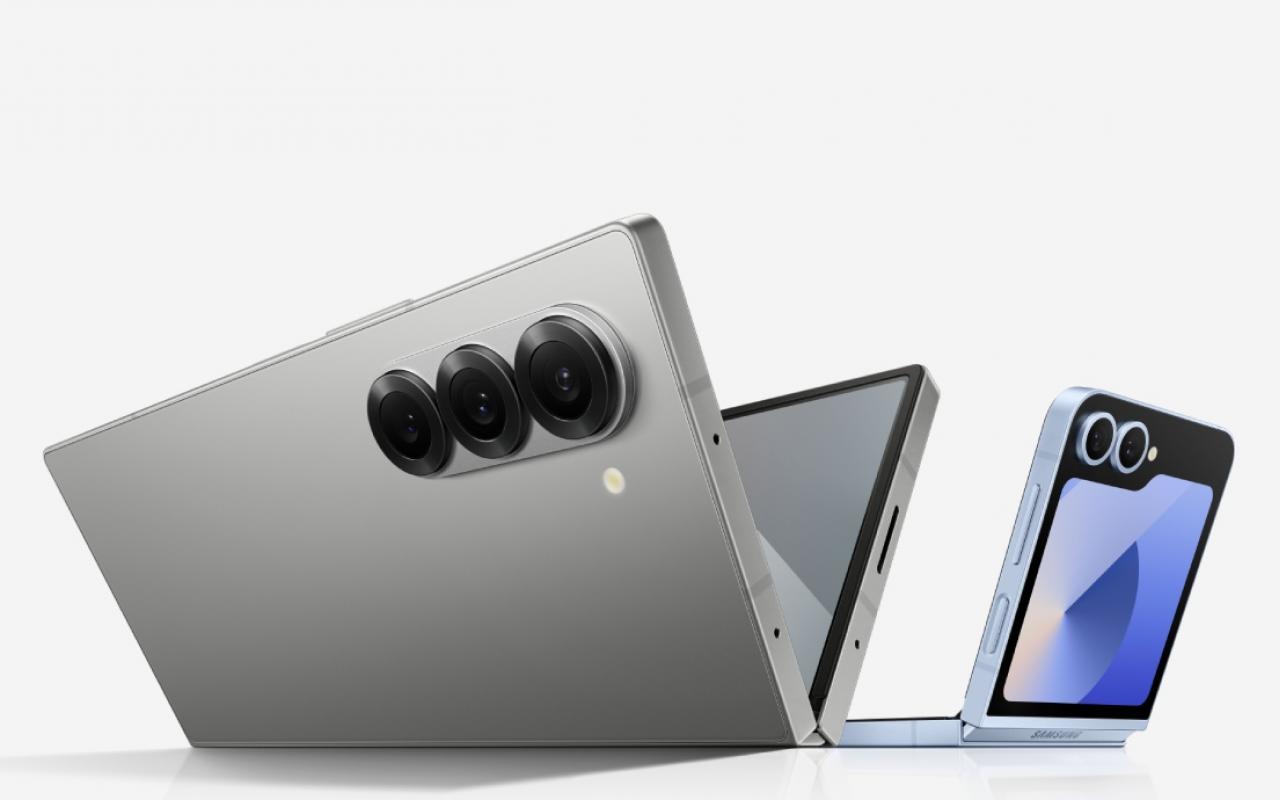
These examples demonstrate that breakthrough foldable phone technology is moving beyond being a mere proof-of-concept. It’s evolving into a mature category offering distinct advantages and choices for consumers seeking innovation in their mobile devices.
3. Breakthrough Foldable Phone Technology: What’s New?
The journey from early, fragile prototypes to the current generation of refined foldables has been marked by significant engineering achievements. Continuous innovation is key to overcoming the inherent challenges of bending electronics.
Creaseless Displays
One of the most persistent aesthetic and tactile criticisms of early foldables was the visible crease along the fold line. Manufacturers are actively tackling this. Samsung Display, a major innovator, has showcased “creased-free” or significantly less noticeable crease panels. This involves a combination of factors: sophisticated hinge designs that allow for a larger bending radius (reducing stress on the display), improved flexible OLED materials, and potentially new layering techniques within the display stack. Achieving a truly invisible crease remains the holy grail, enhancing immersion and the premium feel.
Advanced Hinge Systems
The hinge is the mechanical heart of a foldable phone, critical for both functionality and durability. Early hinges were often bulky and left gaps, raising concerns about dust ingress.
- Water-Drop Hinges: Widely adopted now, these allow the screen to form a gentler curve inside the hinge mechanism when closed. This larger bend radius significantly reduces stress on the flexible display (by up to 30% or more compared to early U-shaped hinges) and helps minimize the crease. Many Chinese brands like Huawei and Oppo pioneered variations of this.
- Multi-Axis Mechanisms: Found in premium devices like the Galaxy Z Fold series, these complex hinges use intricate gears and cams. They ensure a smooth, stable folding motion, allow the device to stay open at various angles (Flex Mode), and enable a gapless design when closed, contributing to slimmer profiles and better protection against debris.

Durable Materials
Protecting the delicate flexible screen is paramount.
-
- Ultra-Thin Glass (UTG): Developed by companies like Schott and Corning, UTG provides a glass-like feel and superior scratch resistance compared to the plastic layers used in first-gen foldables, while maintaining the necessary flexibility. It’s now standard on most high-end foldables.

- Self-Healing Polymers: Some displays incorporate outer layers with self-healing properties. Minor scuffs and scratches, often caused by fingernails or pocket debris, can gradually disappear over time, sometimes aided by ambient heat. The Motorola Razr series has featured such technology.
Futuristic Display Prototypes
Beyond current foldables, research labs are exploring even more radical concepts:
- Oppo’s Transparent Screen: Showcased prototypes hint at displays that become partially transparent, enabling unique augmented reality (AR) applications where digital information overlays the real world viewed *through* the screen.
- LG Rollable (Concept): Although commercially shelved by LG, the concept demonstrated a screen that smoothly unfurled from a compact phone body, expanding from around 6.8 inches to a tablet-like 10.4 inches via a motorized mechanism, completely eliminating the fold crease.
- Samsung’s Flex Hybrid: Samsung Display has shown concepts that combine folding and sliding mechanisms, offering even more versatility in screen size and aspect ratio.
4. Rollable Phones: The Next Frontier
What Are Rollable Phones?
While foldables bend along a distinct hinge, rollable phones feature a flexible display that wraps around an internal mechanism, allowing it to expand or retract, usually sideways. Think of a miniature motorized scroll. Devices like the Oppo X 2021 concept showcased this brilliantly: a standard-sized phone could smoothly extend its screen width at the touch of a button or gesture, offering a variable aspect ratio without a fold line.

Advantages Over Foldables
Rollables present several potential advantages that could make them the preferred evolution of flexible display technology:
- No Creases: By avoiding a sharp fold, rollable screens promise a perfectly smooth, uninterrupted viewing surface, regardless of size.
- Ultra-Thin Design: Since the screen rolls internally rather than folding over itself, rollable devices could potentially achieve even thinner profiles than current foldables, especially when in their compact state.
- Dynamic Sizing: Unlike foldables which typically offer two distinct sizes, rollables could allow users to adjust the screen size incrementally, perfectly matching the aspect ratio needed for specific apps, videos, or multitasking scenarios.
Prototypes & Limitations
Despite the exciting potential, rollables face considerable hurdles before becoming mainstream. LG’s ambitious Rollable project was ultimately canceled before commercial release, reportedly due to challenges with the durability and reliability of the motorized rolling mechanism and the flexible screen itself under constant tension and movement. Dust ingress into the rolling mechanism is also a significant concern. Brands like TCL and Samsung continue to develop and showcase rollable prototypes, experimenting with sturdier mechanisms and protective materials like ceramic shields. However, the complexity of the motor, ensuring screen longevity over thousands of roll cycles, and managing the high manufacturing costs currently limit their commercial viability.
5. AI-Powered Mobile Innovations Enhancing Design
Artificial Intelligence is no longer just a buzzword; it’s becoming deeply integrated into smartphone functionality, particularly enhancing the unique capabilities of foldable and future form factors.
AI-Driven Battery Optimization
Managing power consumption across multiple screens and demanding tasks is crucial for foldables. AI algorithms learn user behaviour – *when* you typically use certain apps, *how long* you keep the device unfolded, and *which* processes run in the background. Based on this, the AI can intelligently allocate resources. For example, it might proactively throttle background app refreshes when the Galaxy Z Fold 6 is closed and primarily using the cover screen, or boost performance for demanding apps when unfolded. This adaptive power management extends battery life significantly without requiring manual tweaking.
Adaptive UI/UX
The transition between folded and unfolded states needs to be seamless. AI contributes to making User Interfaces (UI) and User Experiences (UX) fluidly adapt. Operating systems and apps use sensor data (like hinge angle) and AI logic to instantly reformat content. Productivity apps like Google Docs or Microsoft Office can automatically adjust layouts, moving toolbars or splitting views when a device like the Samsung Galaxy Z Fold is opened. Samsung’s Multi Window feature, likely enhanced by AI, allows users to effortlessly manage and resize up to three app panels simultaneously on the large inner screen, remembering preferred layouts.

Predictive Features
AI aims to anticipate user needs. Based on time of day, location, or past usage patterns, the phone might predict when you’re likely to fold or unfold it. It could pre-load frequently used apps in the anticipated state (e.g., loading a video app when you unfold in the evening) or adjust screen brightness and colour temperature proactively. The Nubia Flip 2 leverages AI not just for performance but potentially for these kinds of predictive battery-saving measures. This proactive approach streamlines interaction and further optimizes device efficiency, representing one of the cutting-edge AI technologies shaping mobile’s future.
6. The Role of Futuristic Displays in User Experience
Beyond folding and rolling, display technology itself is evolving, promising radically new ways to interact with our devices.
Under-Display Cameras (UDC)
Notches and hole-punch cutouts disrupt screen immersion. UDC technology aims to eliminate them by placing the front-facing camera *beneath* the active pixels of the display. When the camera isn’t needed, the pixels above it display content normally; when activated, these pixels become temporarily transparent (or operate at lower density) to allow light through to the camera sensor. Companies like ZTE, particularly in their Nubia and Axon series, have been pioneers in commercially implementing UDCs. While early generations faced challenges with image quality (haziness or lower resolution), the technology is improving, paving the way for truly uninterrupted, full-screen experiences ideal for gaming and media consumption on large foldable displays.

Holographic & 360-Degree Displays
Looking further ahead, research explores even more exotic display concepts:
- Holographic Displays: Prototypes, like those reportedly explored by Xiaomi and other research groups, aim to project true 3D images into the space above the phone’s screen, potentially revolutionizing video calls, gaming, and virtual modeling without requiring special glasses.
- 360-Degree / Wraparound Displays: Concepts like TCL’s Fold N’ Roll or potential future designs envision displays that wrap around the entire device body. This could allow contextual information to be shown on the edges or back, enabling quick glances at notifications or controls without fully interacting with the main screen.
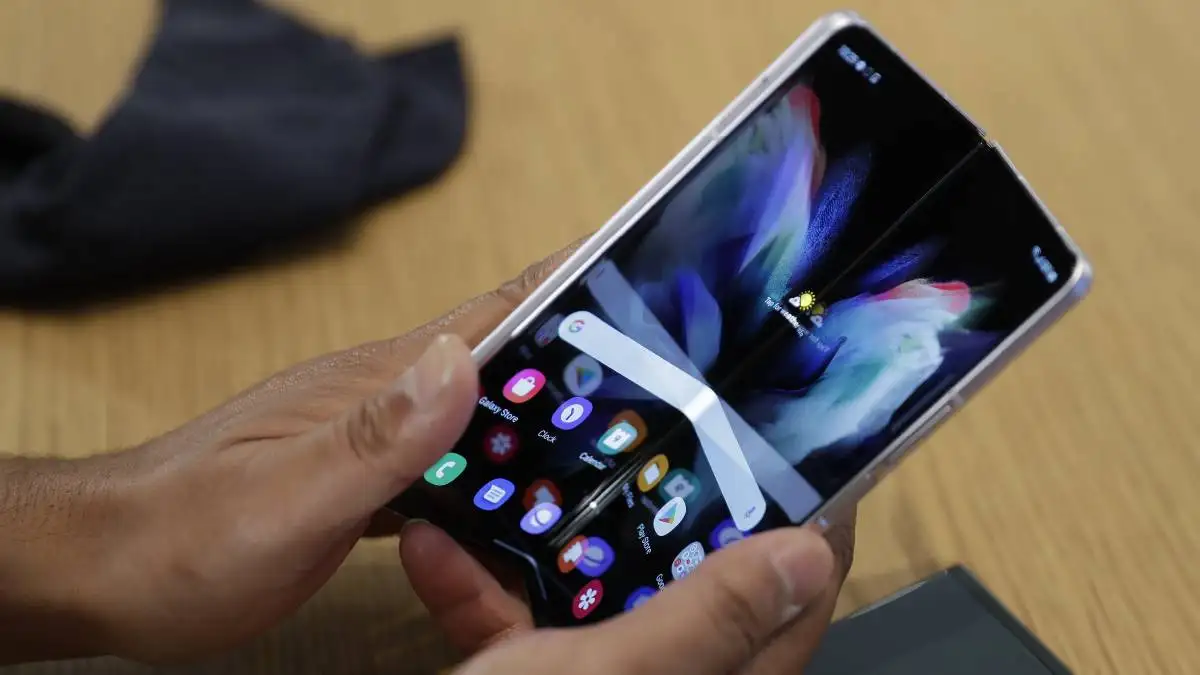
These futuristic concepts highlight a drive towards making smartphone displays more immersive, interactive, and seamlessly integrated into our visual field.
7. Challenges and Future Predictions
Current Hurdles
Despite rapid progress, foldable and other advanced form factors still face significant challenges:
-
- High Costs: Manufacturing flexible displays, complex hinges, and integrating cutting-edge materials is expensive. Premium foldables often start well above the $1,000 mark, limiting mainstream adoption. While models like the $599 Nubia Flip 2 signal a trend towards affordability, high-end book-style foldables remain costly.
- Durability Concerns: While much improved, flexible screens (especially UTG) are inherently more susceptible to scratches and impact damage than traditional rigid glass. Hinges, though tested for hundreds of thousands of folds (often rated for ~200,000 folds, equating to roughly 5 years of heavy daily use), remain complex mechanical parts prone to wear or potential failure. Dust and water resistance, while improving (many now boast IPX8 ratings), are still more challenging to achieve than on conventional phones.

- Bulk and Weight: Folding mechanisms and larger batteries inevitably add thickness and weight compared to standard smartphones, which can be a drawback for some users.
- Software Optimization: While improving, not all apps are perfectly optimized to take full advantage of the unique aspect ratios and multitasking capabilities of foldable screens, sometimes leading to awkward layouts or compatibility issues.
Future Trends
Looking ahead, several trends are likely to shape the evolution of smartphones:
- Maturation of Foldables: Expect continued improvements in crease reduction, hinge durability, thinner designs, and falling prices as the technology matures and economies of scale take effect.
- Emergence of Rollables/Slidables: If durability and cost challenges can be overcome, rollable or slidable phones could offer compelling alternatives, potentially surpassing foldables in popularity due to their seamless screens.
- Hybrid Devices: Concepts like TCL’s Fold N’ Roll, which combines folding and rolling mechanisms, might pave the way for devices offering unprecedented flexibility in form factor and screen size.
- Deeper AI Integration: AI will become even more integral, not just for UI and battery but potentially for on-device generative AI tasks, smarter camera processing tailored to flexible screens, and enhanced predictive maintenance for mechanical parts.
- Sustainability Focus: As these complex devices proliferate, there will be increased pressure and innovation around using more sustainable and recyclable materials, modular designs for easier repair, and AI-driven optimization for energy efficiency throughout the device lifecycle.
8. Conclusion: The Road Ahead
The smartphone is undergoing its most significant transformation in years. Driven by breakthrough foldable phone technology, enhanced by intelligent AI algorithms, and inspired by futuristic display concepts, these devices are evolving from simple communication tools into dynamic, adaptable companions for work and play. The limitations of the rigid slab are being shattered, replaced by designs that bend, fold, roll, and perhaps even project information into the space around us.
While challenges remain, particularly around cost and long-term robustness, the momentum is undeniable. Foldables are steadily improving and gaining traction, while rollables wait in the wings as potentially the next major evolution. By the end of this decade, it’s conceivable that flexible-display devices, possibly incorporating holographic elements or advanced UDCs, will be commonplace, offering unparalleled versatility and immersion.
Are you ready to upgrade to a device that adapts to *you*? Keep a close eye on upcoming releases like the potential Samsung Galaxy Z Fold 7, competitors from Google and Apple (who are rumored to be exploring the space), and the next generation of rollable concepts from innovators like Oppo and TCL. The future of mobile technology isn’t just coming; it’s unfolding before our very eyes. Consider how to choose the perfect foldable phone for your needs as this exciting market continues to expand.
Frequently Asked Questions (FAQ)
1. Are foldable phones durable enough for daily use?
Durability has significantly improved. Modern foldables often use Ultra-Thin Glass (UTG) for better scratch resistance and feature advanced hinges tested for hundreds of thousands of folds (typically 200,000+, equivalent to over 5 years of frequent use). Many also have water resistance ratings (like IPX8). However, they are still generally more fragile than traditional phones, especially regarding impacts and dust ingress near the hinge, so careful handling is recommended.
2. Is the crease on foldable phones still a major issue?
The crease is much less prominent on newer models compared to early generations, thanks to improved hinge designs (like water-drop hinges) and display technology. While usually still visible from certain angles or tangible to the touch, most users report that it becomes unnoticeable during regular use, especially when viewing content directly.
3. What’s the main difference between a foldable and a rollable phone?
A foldable phone has a screen that bends along a specific hinge line, creating two distinct size states (folded and unfolded). A rollable phone has a screen that expands or retracts, usually by wrapping around an internal mechanism, allowing for variable screen sizes and avoiding a crease.
4. Are rollable phones available to buy now?
No, not commercially. While companies like LG, Oppo, TCL, and Samsung have showcased impressive rollable prototypes, none have reached mass production and retail sale yet. Challenges related to the durability of the rolling mechanism and the screen under tension, as well as high manufacturing costs, need to be overcome first.
5. How does AI improve foldable phones?
AI enhances foldables in several ways: optimizing battery life by learning usage patterns, enabling adaptive user interfaces where apps seamlessly adjust layouts when folding/unfolding, powering multitasking features like split-screen management, and potentially running predictive functions to anticipate user needs and streamline interactions.
6. Will foldable phones replace traditional smartphones?
It’s unlikely they will completely replace traditional smartphones in the near future, mainly due to their higher cost and lingering durability concerns for some users. However, they represent a rapidly growing premium segment and are likely to coexist with standard bar phones, offering consumers more choices based on their needs for portability, screen size, and multitasking capabilities.


